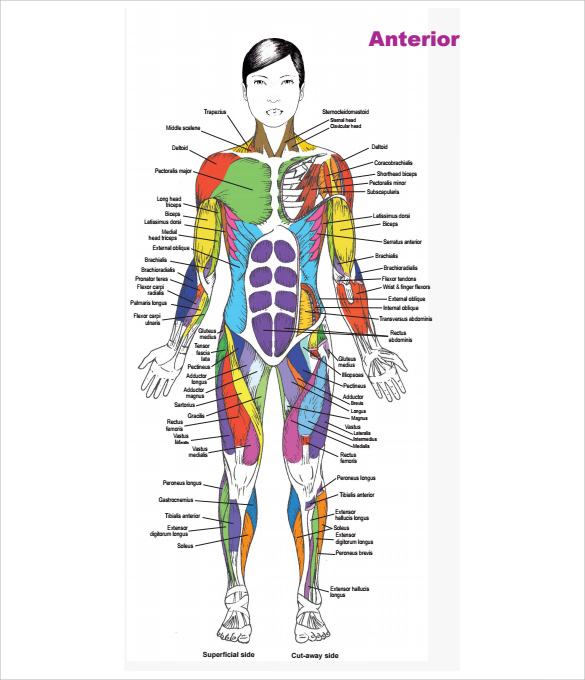

Regulation of synovial fluid hydrodynamic properties.Negative pressure maintenance (i.e., the "vacuum seal") to enhance hip joint stability.Acetabular labrum (fiibrocartilaginous collar surrounding the acetabulum) which provides the following functions: Shape of the acetabulum - Due to the depth of the acetabulum, it can encompass almost the entire head of the femur.Ģ.Hip stability arises from several factors. In addition to movement, the hip joint facilitates weight-bearing. The sagittal axis, or forward to backward, allows for abduction and adduction.The longitudinal axis, or vertically along the thigh, allows for internal and external rotation.The transverse axis permits flexion and extension movement.The location of the center of the entire axis is at the femoral head.

The hip joint allows for movement in three major axes, all of which are perpendicular to one another. The hip joint connects the lower extremities with the axial skeleton. Typically works in a closed kinematic chain.Primary function of the hip joint is to provide dynamic support the weight of the body/trunk while facilitating force and load transmission from the axial skeleton to the lower extremities, allowing mobility.



 0 kommentar(er)
0 kommentar(er)
